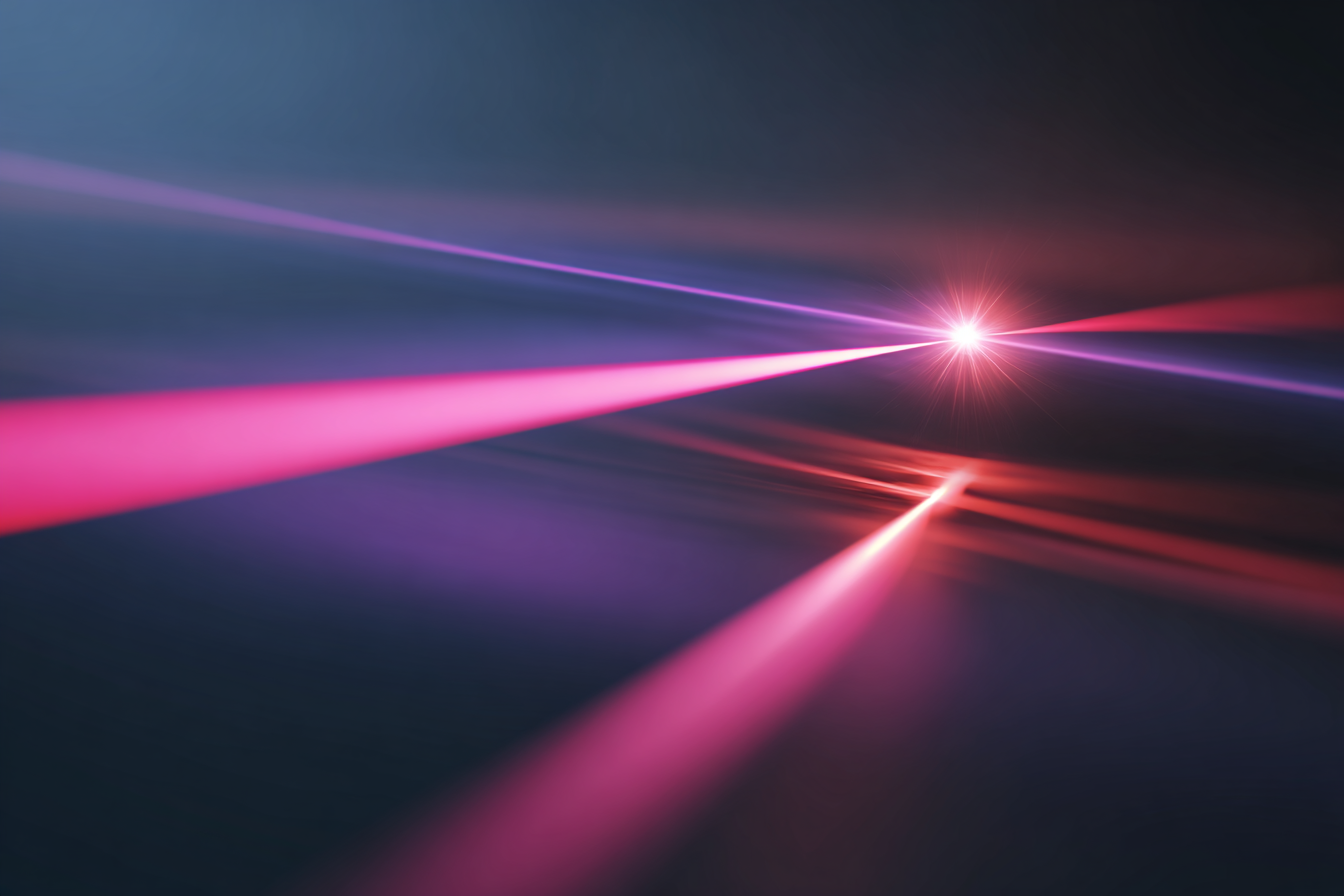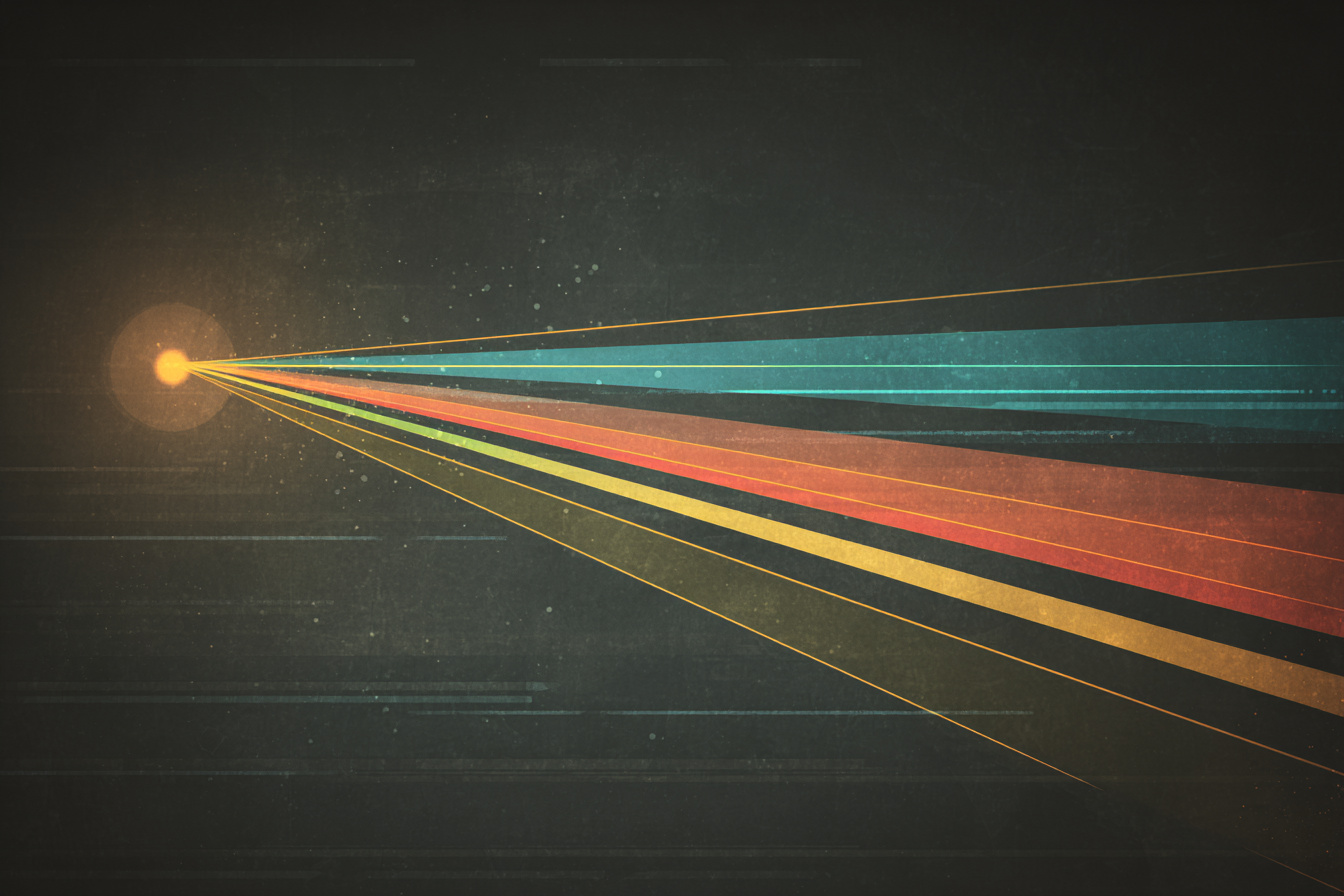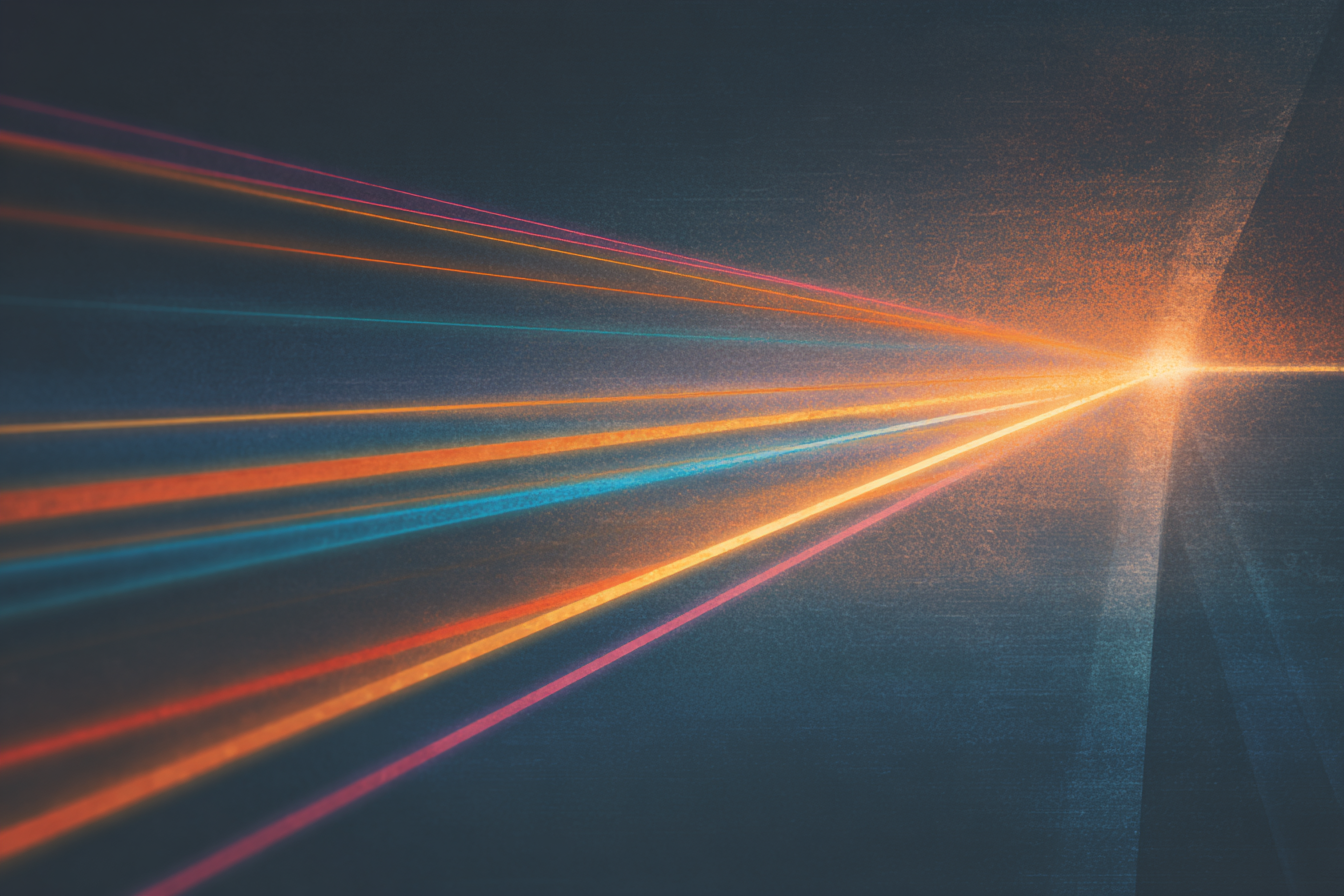Performance of Rare-Earth Ions
Trivalent rare earth ions Tm3+ and Ho3+ show extraordinary results for the high power continuous wave and pulsed laser operation in 2 µ wavelength range. Thulium fiber laser is, in general, better for CW operations, when holmium laser is preferred for pulsed and q-switched lasers operations because of its high gain. However, holmium can be excited around 1.9 µ for an efficient operation at 2.1 µ, or it needs to exploit some energy transfer from thulium or ytterbium.
Evolution of Holmium Laser Products
Before recently, holmium laser products were created as co-doped systems, because there weren’t any laser diodes that could provide wavelength ranges for pumping Ho3+ ions. Mostly, thulium co-doping was used, because its ions cross relaxation process properties. Currently, the most potential option to reach the highest output powers is in-band pumping of Ho:YAG crystals. It is possible in 1.9 µ wavelength range.
Industrial and LIDAR Applications
There are a lot of different applications that need short laser pulses with high pulse energies or high CW powers at the 2.1 µ wavelength, which makes holmium lasers in high demand on the market. Mainly, holmium advanced laser systems are created using thulium crystals or fiber lasers for pumping. Moreover, 2.1 µ wavelength is eye safe, because the emission doesn’t reach the retina, which makes it not dangerous for eyes. This wavelength range makes holmium laser in demand for commercial use, especially for LIDAR systems, which operate similarly to radars. 2 µ wavelength allows one to absorb certain atmospheric gasses (e.g. H2O, CO2, N2O) to detect and to analyse them. One of the key advantages of this laser for LIDAR technology is the capability to detect specific lighter atmospheric gasses and molecules. It has a greater potential than thulium fiber laser in chemical and petroleum industries due to safety and quality control as well as in medicine and environmental research.
Medical Applications
Moreover, holmium laser is very promising in terms of medical applications. High water absorption allows performing extra precise surgeries; 2.1 µ emission coagulation effects minimize bleeding. Ho:YAG penetrates into a soft tissue at the depth of 300 µ. However, thulium fiber laser has its own advantages in performing surgical procedures. Holmium laser systems have a lot of potential and, definitely, require further developments and research. They can be applied in a lot of different industries for various purposes, including spectroscopy, sensing and surgery.




